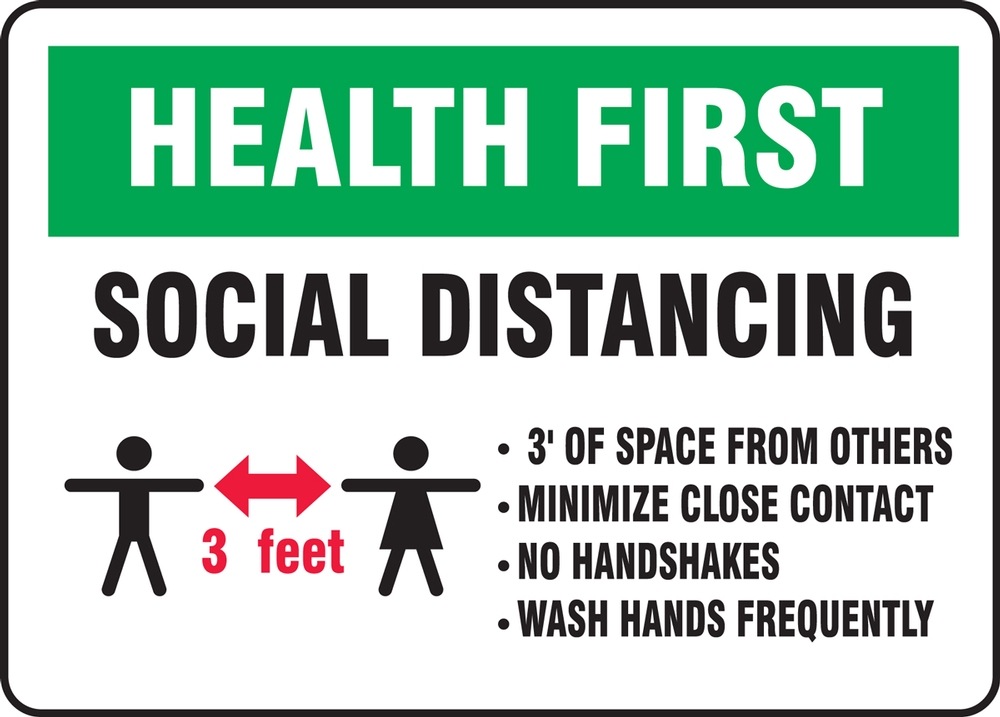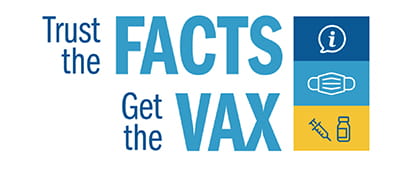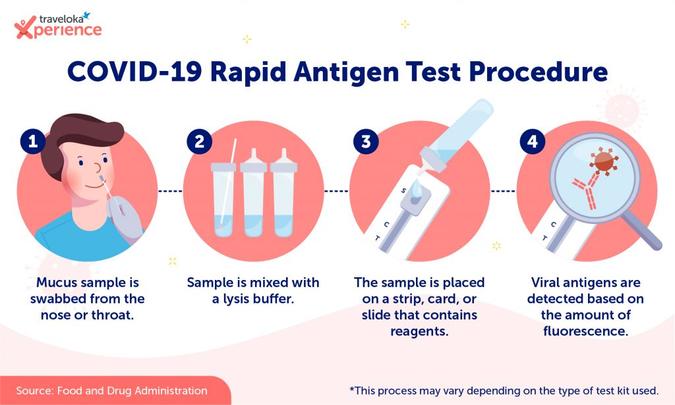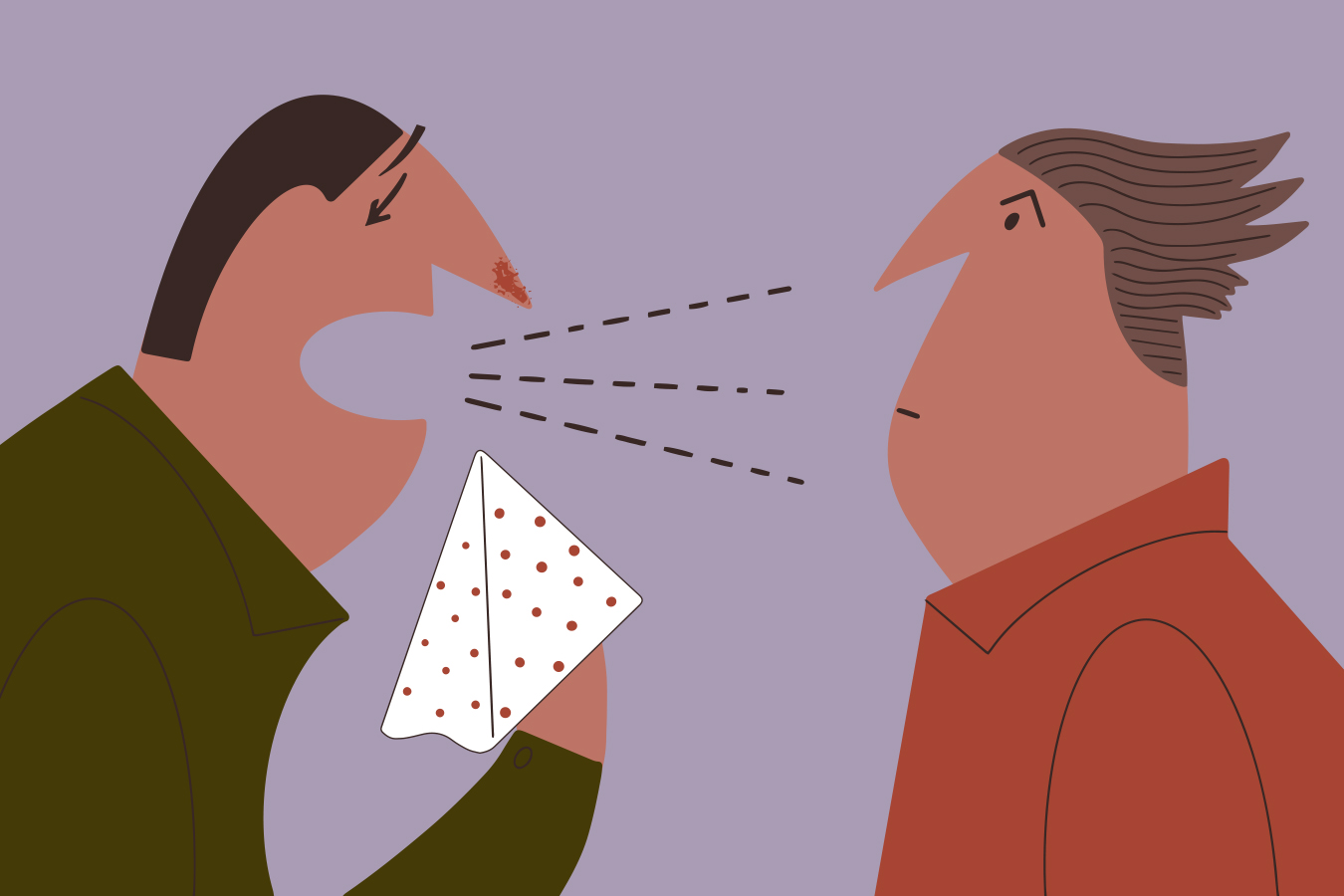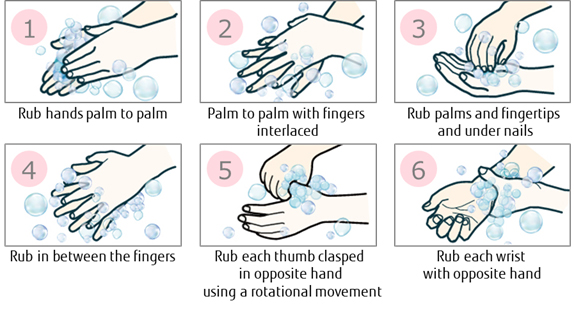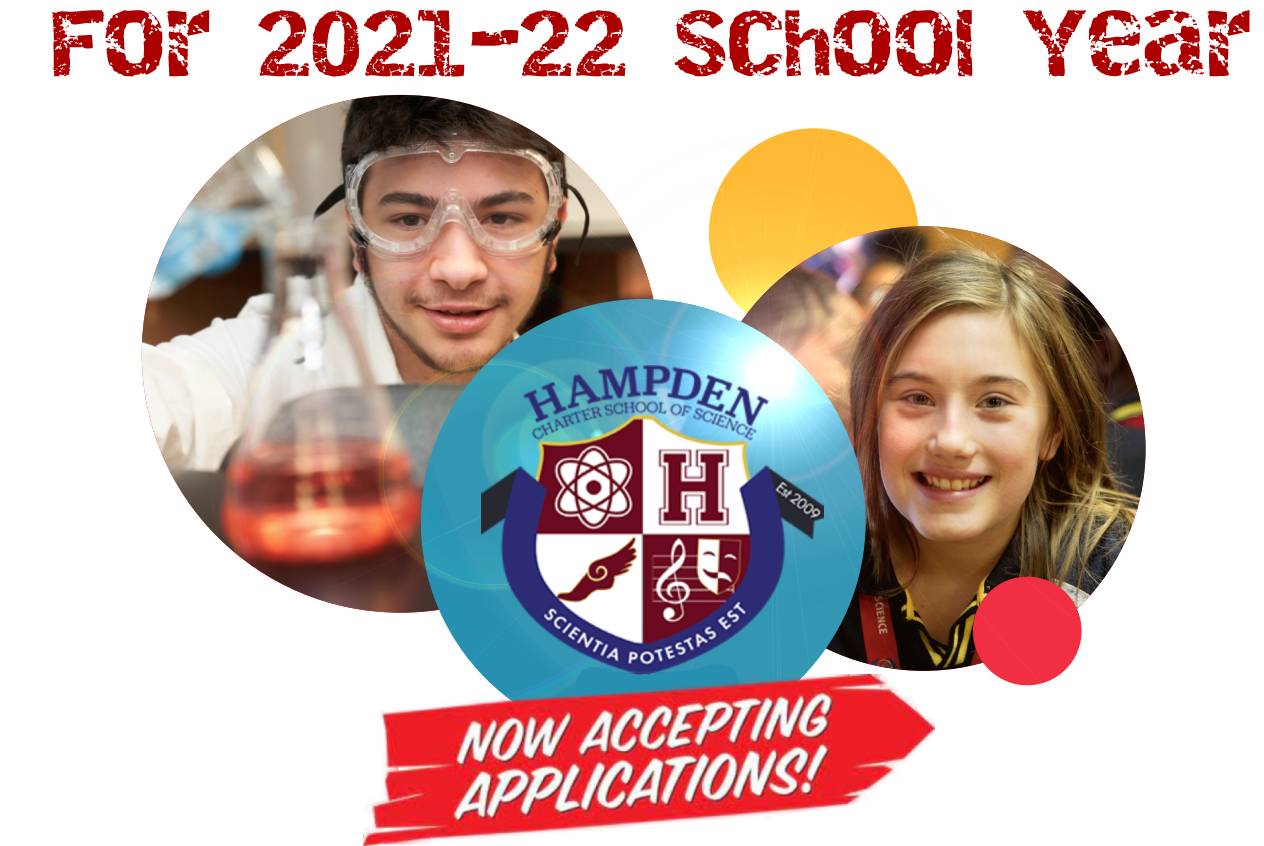FALL 2021 REOPENING and SAFETY GUIDE
We are excited to have our students and teachers return to the classroom with a fully in-person schedule. Beginning on the first day of the school year, students and staff will be in schools five days a week, where we can continue to fulfill our mission of providing high-quality education that fosters the next generation of leaders.
MASKS and FACE COVERINGS
Hampden Charter School of Science requires masks for all students, teachers, and staff, as well as visitors per DESE and CDC’s recommendation. Given the increased risk of infection associated with the variants of COVID-19, and other factors, we believe it is appropriate to take these measures.
All visitors and students must wear a mask when in the building, in the classroom, and in the hallways. The masks may be removed while students and staff are eating at the facility or outdoors.
Approved types of masks/face coverings include disposable masks, cloth mask coverings, gaiters, clear masks, and cloth masks with clear plastic pane. Masks/Face coverings must fit properly with no large gaps around the sides of the face.
The CDC has ordered that all students using school-provided transportation, including buses going to and from athletic events, must wear masks.
Individuals will have to bring their own masks (3-layered fabric mask, surgical mask, etc.). It is not enough to use a handkerchief or bandanna. Students who are missing or forget their own masks will be provided a mask at the school.
SOCIAL DISTANCING
SCREEN FOR ILLNESS EVERY DAY, STAY HOME WHEN SICK
All students and staff are required to review the symptom checklist on a daily basis. Those who are not feeling well are required to stay home until they are symptom-free.
Per the Massachusetts Department of Elementary and Secondary Education, we have updated our COVID symptom screening, so only individuals exhibiting one of the bolded symptoms or a combination of symptoms below will be asked to remain at home until they receive a negative COVID test or meet other criteria to return.
- Fever (100.0 degrees Fahrenheit or higher), chills, or shaking chills
- Difficulty breathing or shortness of breath
- New loss of taste or smell
- Muscle aches or body aches
- Cough (not due to other known cause, such as chronic cough)
- Sore throat, when in combination with other symptoms
- Nausea, vomiting, or diarrhea when in combination with other symptoms
- Headache when in combination with other symptoms
- Fatigue, when in combination with other symptoms
- Nasal congestion or runny nose (not due to other known causes, such as allergies) when in combination with other symptoms
Watch a video about how you and your child can complete the Daily Wellness Check.
COVID-19 VACCINATION
All HCSS students and staff are strongly encouraged to get vaccinated for Covid-19 although there is no vaccination requirement at this time. A fully vaccinated student population is the best way to protect the health of students, employees, and the broader community against COVID-19. Guidance from the CDC emphasizes that vaccinations against COVID-19 are safe and effective and offer protections against variants. Vaccines are now widely available.
The most important thing we can all do to keep our schools safe and open all year is to get the COVID-19 vaccine as soon as we are eligible. Vaccines are safe, effective, available, and free.
The CDC uses a benchmark of 70% as their target vaccination rate for community protection. Vaccination rates for students 12 and older have not reached that target yet, and those under 12 are not yet eligible for vaccination. Wearing masks provides a proven layer of protection when vaccination rates have not reached the 70% percent goal.
Please find the nearest vaccination center in this link.
TEST and STAY PROGRAM
The goals of “Test and Stay” program is to allow students and staff to participate in in-person learning as safely as possible while lessening the burden of quarantine and multiple soft closures on students and their families, teachers, and school administrators. Individuals named as close contacts in the school setting can opt in to a Test and Stay program. This utilizes the BinaxNOW rapid antigen test administered daily from the first day of exposure for up to seven days. The test and stay protocol has been shown to be generally equivalent to quarantine for school-based contacts, and is a safe alternative to at-home isolation. Trained school health staff will conduct COVID-19 rapid antigen testing using the BinaxNOW test kits on individuals eligible for Test and Stay.
Who is eligible for Test and Stay?
Close contacts who are not exempt from testing and quarantine response protocols may choose to participate in the Test and Stay program in lieu of traditional quarantine. Close contacts are eligible for Test and Stay if:
- They are asymptomatic and do not develop symptoms during the 14-day period after exposure; and
- They have a completed testing consent on file; and
- The exposure happened at school. This includes classroom contacts who were less than 3 feet from a positive case (regardless of masking) and classroom contacts who were between 3 and 6 feet from a positive case but where one or both individuals were not masked.
Please note: Individuals who refuse or are unable to be tested must follow traditional quarantine procedures. Families will be notified in these circumstances.
CLOSE CONTACTS at SCHOOL
Definition of Close Contact
Close contacts are defined as individuals who have been within 6 feet of a COVID-19 positive individual while indoors, for at least 15 minutes during a 24-hour period. Please note that the at-risk exposure time begins 48 hours prior to symptom onset (or time of positive test if asymptomatic) and continues until the time the COVID-19 positive individual is isolated.
Close contacts who are exempt from testing and quarantine response protocols:
- Asymptomatic, fully vaccinated close contacts: Individuals who are asymptomatic and fully vaccinated are exempt from testing and quarantine response protocols.
- Classroom close contacts: An individual who is exposed to a COVID-19 positive individual in the classroom while both individuals were masked, so long as the individuals were spaced at least 3 feet apart and the close contact is asymptomatic.
- Bus close contacts: Individuals on buses must be masked according to federal requirements. As such, asymptomatic individuals who are masked on buses when windows are open.
- Close contacts who have had COVID-19 within the past 90 days (who are recovered and asymptomatic)
Symptomatic close contacts
If a close contact has symptoms at the time they are designated a close contact or develops symptoms during the Test and Stay period or the 14 days following initial exposure, they must isolate at home with the following options for return to school:
Option 1 – Return to school after they:
- Have received a negative PCR test; and
- Have improvement in symptoms; and
- Have been without fever for at least 24 hours without the use of fever-reducing medications
Option 2 – Return to school after they:
- Have isolated for at least 10 days from symptom onset; and
- Have improvement in symptoms; and
- Have been without fever for at least 24 hours without the use of fever-reducing medications
HAND HYGIENE and RESPIRATORY ETIQUETTE
Wash your hands often with soap and water for at least 20 seconds especially after you have been in a public place, or after blowing your nose, coughing, or sneezing. If soap and water are not readily available, use a hand sanitizer that contains at least 60% alcohol.
Avoid touching your eyes, nose, and mouth with unwashed hands.
Always cover your mouth and nose with a tissue when you cough or sneeze or use the inside of your elbow and do not spit. Throw used tissues in the trash. Immediately wash your hands with soap and water for at least 20 seconds. If soap and water are not readily available, clean your hands with a hand sanitizer that contains at least 60% alcohol.

